Rare Rides Icons, The Nissan Maxima Story (Part II)

We return to our historical coverage of the Nissan Maxima today, as the model has a set execution date that will see its transition to Abandoned History status. Last time we talked about the predecessors to Maxima: the 510, 610, and 810 lineups that were the first family cars from Datsun. “From Datsun” was always a bit misleading though; the company’s passenger cars were designed and built by Nissan, a company whose executives were ever more frustrated their branding was hidden in favor of the Datsun name.
That changed in the early Eighties when Datsun embarked on a global brand swap to Nissan. Countless badges displayed Datsun/Nissan, Datsun-Nissan, Datsun by Nissan, and other configurations depending upon the market. The first generation Maxima existed through all of these naming changes, as it was offered from the 1981 through 1984 model years. During that time the same rear-drive sedan wore three different badge arrangements.
The first-generation Maxima was a bit of an oddity. It was the only Maxima ever with driven wheels at the rear, and one of two generations that were compact in size. And compared to its twin the Bluebird 910, the Maxima was very restricted in terms of body styles and mechanical choice.
The 910 competed with midsize family cars (considered compacts in North America) elsewhere and was offered in four different body styles. There was a two-door hardtop coupe, a four-door sedan, a four-door pillarless hardtop, and a traditional wagon. Of those, only the standard sedan and wagon were offered to North Americans.
Engine choices around the globe were many and included nine different engines, all of inline-four configurations. Displacement started at 1.6 liters, with two options at that size. There were four different 1.8-liter mills, one of which was turbocharged. At the top end were three different 2.0-liter engines, two gasoline-powered and one a diesel. The absence of a six-cylinder engine from the list is notable.
That’s right, an inline-six was available in an 810/Maxima only in the North American market. The gasoline I6 used was the 2.4-liter L24E. The E stood for electronic fuel injection, which was present at the engine’s debut in 1977.
With 138 horsepower and 133 lb-ft of torque it was no powerhouse, but certainly competitive in the Malaise Era in which it lived. The L24E was never offered in the Japanese market and was reserved for export models. It found its way into various versions of exported 810s, as well as the right-hand drive Skyline R30, and certain versions of Nissan’s Laurel sedan sold from 1984 to 1986.
Much less popular in North America was the diesel option, the LD28. Another L series engine with 2.8 liters of displacement, it used the same main bearing block design as the gasoline version. Tepid in performance, it produced 90 horsepower and 125 lb-ft of torque. The engine was never offered in turbocharged guise in a Maxima but was so equipped in other vehicles globally. The primary use of the LD28 was in the export version of the Nissan Patrol. It lasted in Maxima use only through 1983 before it was dropped, and no other Maxima ever offered a diesel.
Both engines were initially paired to a five-speed manual or a three-speed automatic. The automatic was switched to a four-speed from Jatco in 1983. An interesting automatic, the LN471B was also used in the 200SX, the Mazda RX-7, the Mazda Miata, Nissan Pathfinder, and the Mitsubishi Starion. The 810 lineup for the first year was different from other years, as the Deluxe was offered only with the manual transmission, while the Maxima used the three-speed. Both trims were available in wagon or sedan format.
For most markets, the 910 was produced in Japan, with secondary production in Miaoli, Taiwan, and Victoria, Australia. All North American 810s and Maximas were manufactured at Nissan’s Oppama plant in Yokosuka, Japan. Across all markets, the model used the same short 99.4-inch wheelbase.
The exterior length varied, as the sedan was shorter (171.3”) than the overall length of the coupe and wagon (173.2”). Conversely, the sedan and wagon shared a roof height of 55.1 inches, while the coupe was slightly shorter at 54.3 inches. Overall weight was a light 2,502 (approx) pounds for sedan and coupe, while the wagon with its simpler rear suspension was lighter at 2,491 pounds.
For packaging purposes, the Maxima wagon had leaf springs and a live rear axle, while the sedan used an independent rear suspension. Typical of a Japanese wagon, the rear end was fitted with drum brakes instead of the discs used on the sedan. Parts sourcing also varied from car to car with regard to power steering pumps. While some were purchased from Japanese supplier Atsugi, others came from Saginaw Gear, a General Motors company.
When it debuted in 1981, the 810 was the first car with a voice warning system on the North American market. Within the dash was a tiny record player that gave various warnings about doors being ajar, or a key in the ignition. At introduction, there was only one voice warning for American customers, “Please turn off the lights.”
As far as styling, the 810 Maxima belonged to the Square Sedan Era of Japan. Sensible rectangular shapes and a minimum of detailing were a stark contrast to the times when Japan attempted brougham, like on the 1978 Cressida. Having said that, the Maxima wagon absolutely leaned into the traditional American wagon idea, with wood grain paneling and wire wheel covers. In that guise, it performed a decent Buick Century impression.
A long, squared-off front end showed the Maxima’s rear-drive underpinnings and wore a set of four sealed beam headlamps and a simple egg-crate grille. Below, a large black bumper had recovered from the five-mile-per-hour battering ram days, but just barely. The bumper wrapped around the fender and started a horizontal design trend that carried all the way to the Maxima’s rear.
Maxima’s upright, formal A-pillar made for a squared-off greenhouse. Simple chrome door handles resided above an indented character line along the entire side (sometimes enhanced with two-tone paint). First-gen Maximas rode on a set of four-lug polished alloys with a geometric design, unless it was a wagon with wire covers.
There was a second character line on the lower half of the body, highlighted by a black rub strip. The strip helped the bumpers look more like they belonged on the Maxima, and made it look like a longer car. More shelf-like than the front end, the black rear bumper dominated a no-nonsense rear. Minimal chrome was used above rear lighting clusters, which were large red lenses with amber turn signals at the corners.
Inside, the theme of squares was repeated on the dash. The gauge cluster was black with white lettering, and thoughtfully backlit in green. Most surfaces were horizontal, with squared 90-degree edges. The center stack used (too) small slider handles and circular buttons, as the Eighties graphic equalizer had not yet arrived. Seats were mostly flat for both front and rear occupants and used a luggage strap and tufted design that surely suited the traditional American car buyer.
For the first generation’s final year in 1984, the Maxima was available in just one well-equipped trim with no name. The sedan asked $12,094 ($35,163 adj.), while the wagon was notably more expensive at $13,494 ($39,234 adj.). Surprisingly, I was able to find Maxima sales figures dating back to 1982.
Sales were fairly strong for an import, with 54,187 sales in ‘82, 76,209 in 1983, and 68,209 in 1984. The drop that year was likely because a new Maxima was on its way. More exciting, sportier, and more at home in its looks, it was PU11 time. We’ll continue there next.
[Images: Nissan]
Become a TTAC insider. Get the latest news, features, TTAC takes, and everything else that gets to the truth about cars first by subscribing to our newsletter.

Interested in lots of cars and their various historical contexts. Started writing articles for TTAC in late 2016, when my first posts were QOTDs. From there I started a few new series like Rare Rides, Buy/Drive/Burn, Abandoned History, and most recently Rare Rides Icons. Operating from a home base in Cincinnati, Ohio, a relative auto journalist dead zone. Many of my articles are prompted by something I'll see on social media that sparks my interest and causes me to research. Finding articles and information from the early days of the internet and beyond that covers the little details lost to time: trim packages, color and wheel choices, interior fabrics. Beyond those, I'm fascinated by automotive industry experiments, both failures and successes. Lately I've taken an interest in AI, and generating "what if" type images for car models long dead. Reincarnating a modern Toyota Paseo, Lincoln Mark IX, or Isuzu Trooper through a text prompt is fun. Fun to post them on Twitter too, and watch people overreact. To that end, the social media I use most is Twitter, @CoreyLewis86. I also contribute pieces for Forbes Wheels and Forbes Home.
More by Corey Lewis
Latest Car Reviews
Read moreLatest Product Reviews
Read moreRecent Comments
- ToolGuy If these guys opened a hotel outside Cincinnati I would go there to sleep, and to dream.
- ToolGuy Michelin's price increases mean that my relationship with them as a customer is not sustainable. 🙁
- Kwik_Shift_Pro4X I wonder if Fiat would pull off old world Italian charm full of well intentioned stereotypes.
- Chelsea I actually used to work for this guy
- SaulTigh Saw my first Cybertruck last weekend. Looked like a kit car...not an even panel to be seen.



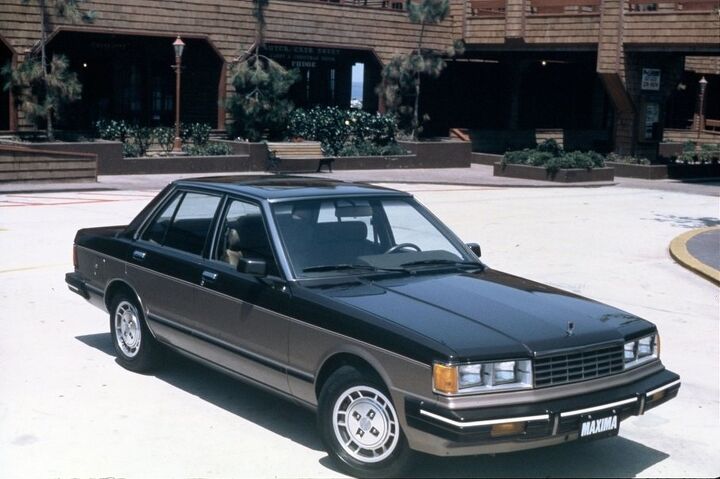


















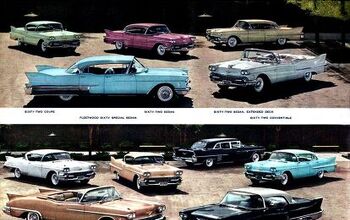
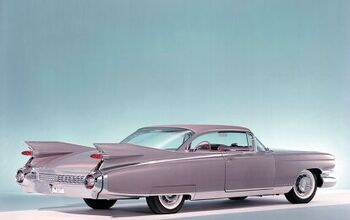
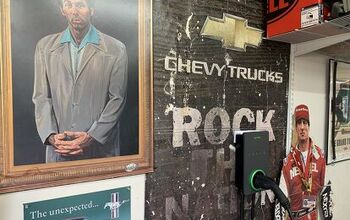
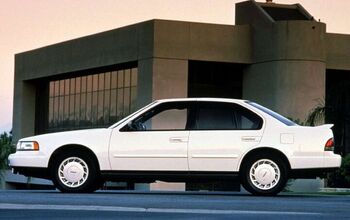
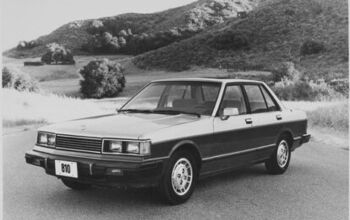
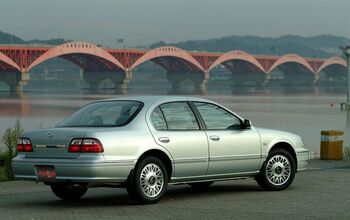
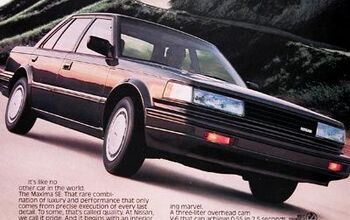
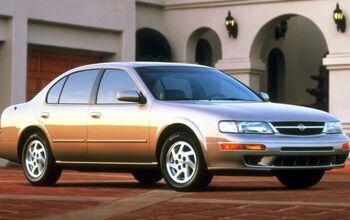
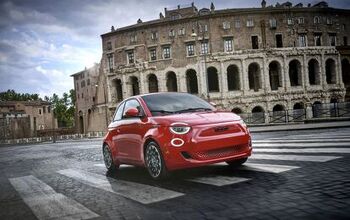
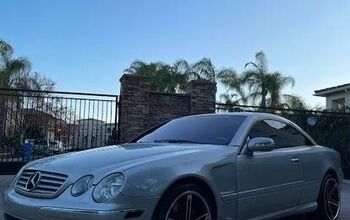
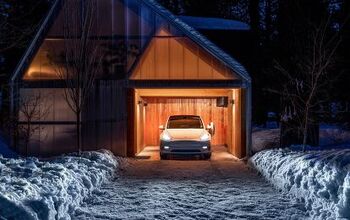
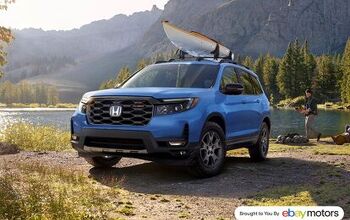
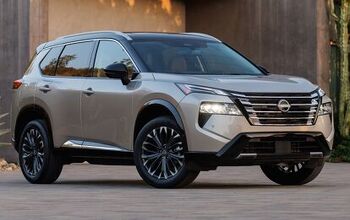
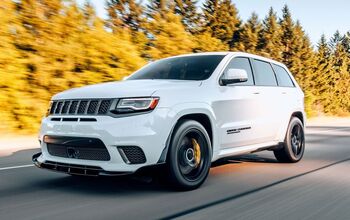
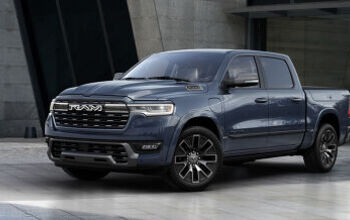
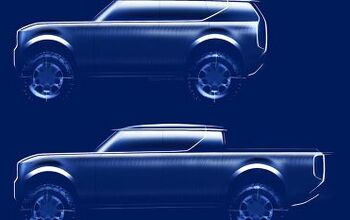
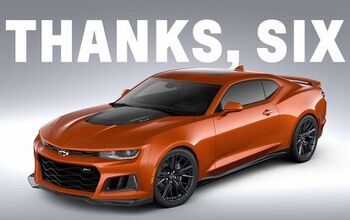
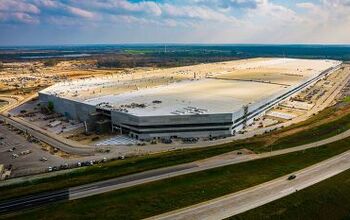
Comments
Join the conversation
A bit after that experience, my family ended up owning an '88 Accord and an '87 Taurus--Detroit's big triumph--at the same time. The win for the Accord wasn't total; the Taurus's engine was better and it was quieter. But the difference in build quality and refinement can't be overstated.
There were no rattles in the Accord, the materials are to this day some of the best in any car I've ever owned, every control operated with precision and just the right feel, and the ergonomics were perfect. By contrast, the Taurus was full of rattles from the day we got it, had hard plastic and slapdash fits all over the interior, had mouse-fur upholstery that showed wear by 60k miles, some parts of the control layout were nonsensical, and my car had a number of obvious assembly defects (including silver front bumper paint that all peeled off within five years). The cars' records in service also contrasted dramatically; the Taurus's lower purchase price (as a used car with similar mileage) was totally offset within a few years by higher repair costs.
The thing that really puts an exclamation point on the contrast between the two cars is just how much better the Taurus was than its Fox-based predecessors.
My girlfriends brother bought a new Maxima in 85. It was so well built, much better than cars i see today. Not to mention it felt firm and sporty. If you go back and look at a picture of a nice one (not one at a junkyard) to me it seems they looked so much better. The Maxima, Accords, Camry of today look alike and boring. Speaking of Accords, i had an 89 & a 92. I think the 89 may have been one of the best cars ever.